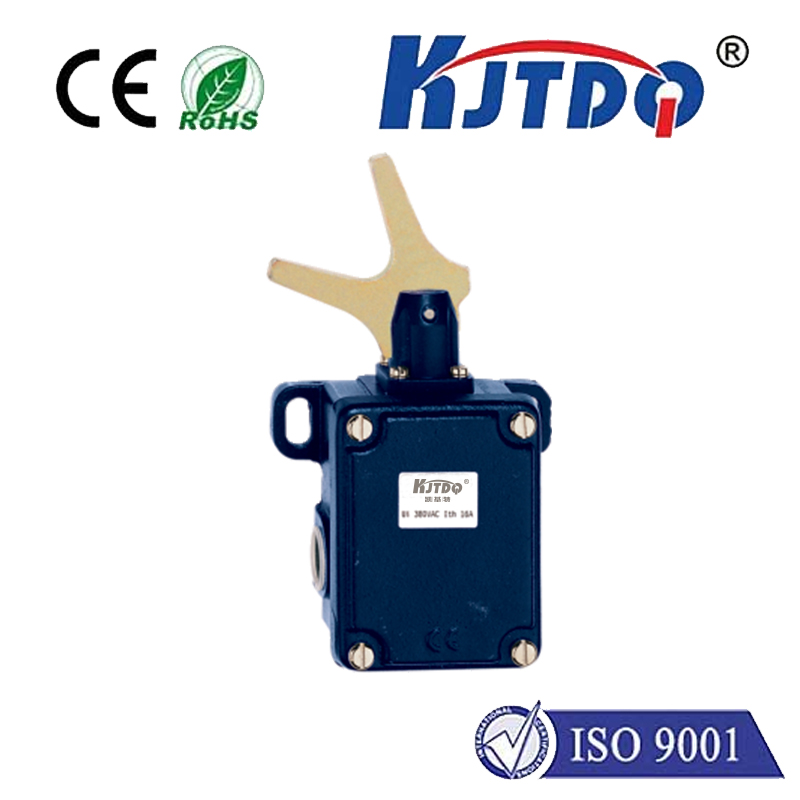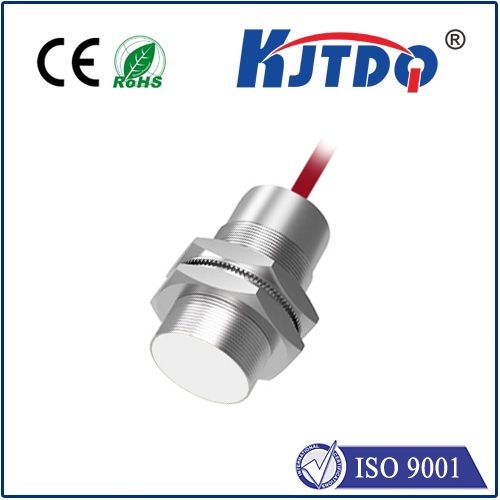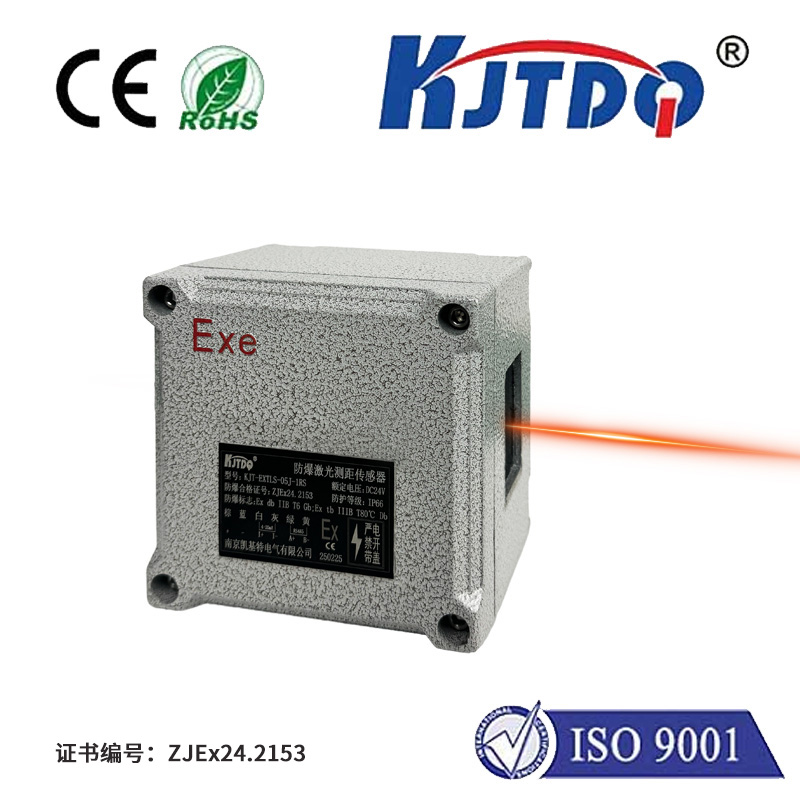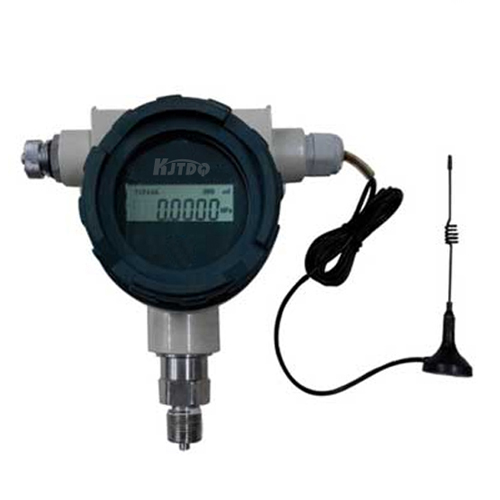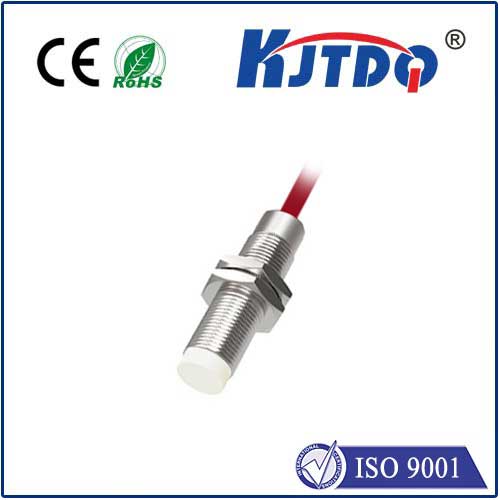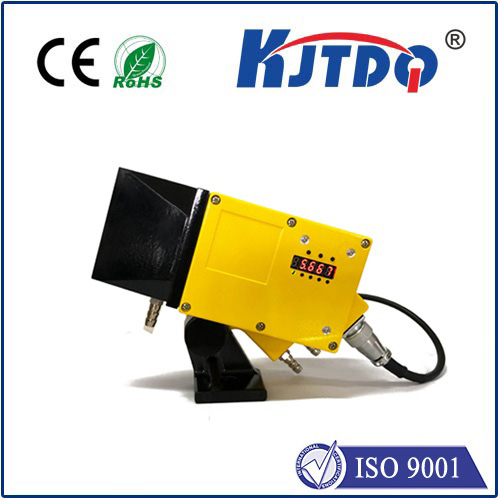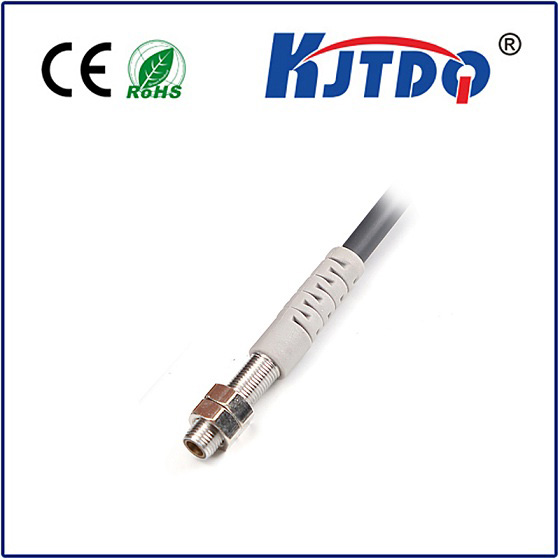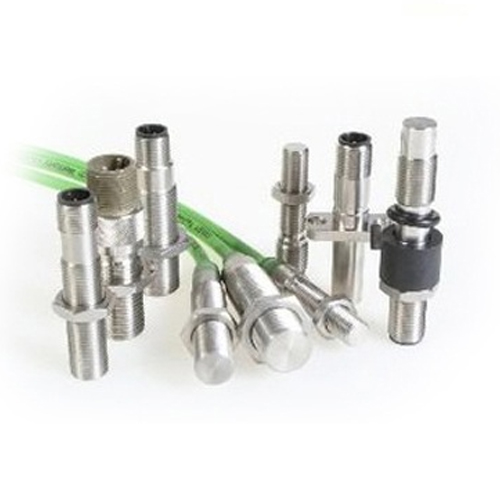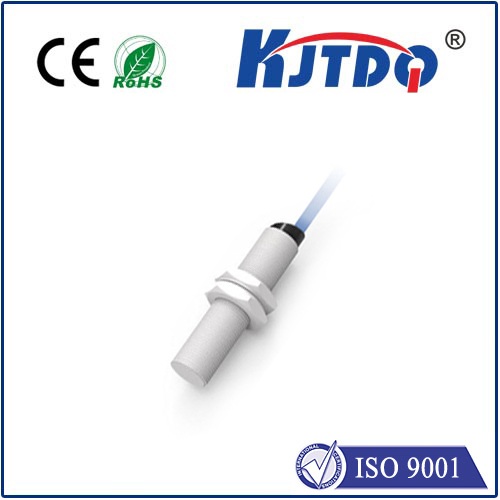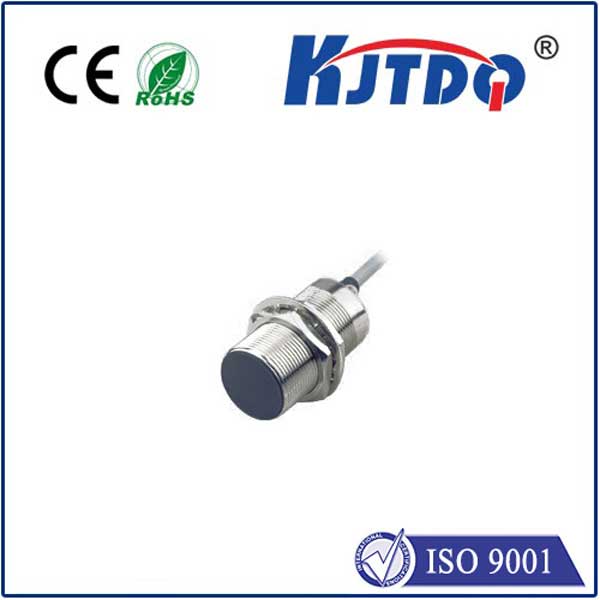

check

check

check

check
Imagine a world where machines guess positions, assembly lines fumble for components, and robotic arms move blindly. Scary, inefficient, and downright dangerous, right? This chaotic scenario underscores the silent, indispensable hero of modern industry: the proximity sensor. And among these vital components, the BES0588 proximity sensor stands out as a benchmark of reliability for countless detection tasks. This device isn’t just another sensor; it’s a fundamental building block for smarter, safer, and more productive automation. Understanding its function and value is key to unlocking efficiency gains across diverse sectors.
At its core, a proximity sensor like the BES0588 is designed to detect the presence or absence of an object without any physical contact. This non-contact detection capability is its superpower. Typically an inductive proximity sensor, the BES0588 generates an electromagnetic field around its sensing face. When a metallic object (usually ferrous metals like iron and steel, or non-ferrous like aluminum and copper, depending on the specific type) enters this field, it causes detectable changes – like eddy currents forming within the metal. The sensor’s internal circuitry interprets this change, triggering a solid-state output signal to a controller like a PLC (Programmable Logic Controller).

Why does the principle of inductive sensing matter so much? Firstly, the lack of physical contact translates to zero mechanical wear and tear. Unlike mechanical switches that eventually fail from repeated impacts, the BES0588 offers exceptional longevity. Secondly, it enables high-speed detection. These sensors can react in milliseconds, making them ideal for fast-moving production lines, high-speed counting, or verifying part presence before a machining operation. Thirdly, they function reliably in harsh industrial environments. Sealed against dust, oil, coolant, and vibration (often rated IP67 or higher, meaning excellent ingress protection), the robust design of the BES0588 allows it to perform where delicate components might falter.
So, what makes the BES0588 proximity sensor specifically relevant? While exact specifications always require consulting the manufacturer’s datasheet for a particular variant (considering factors like sensing distance, housing material, output type – PNP/NPN, NO/NC, voltage rating, and specific barrel size), devices like the BES0588 typically represent a mature and highly reliable standard within the M8 or M12 barrel form-factor family. They are known for offering a robust blend of:
Where does this capability translate into tangible benefits? The applications are vast and critical:
Selecting the right proximity sensor, such as the BES0588, involves careful consideration. Key factors include the target material (ferrous/non-ferrous metal), the required sensing distance (ensuring the target is reliably detected within its operating range), the operating environment (temperature, exposure to chemicals or washdowns), the necessary electrical output (voltage, current rating, switching type), and the physical housing size and style (threaded barrel, flat pack, etc.) for mounting constraints.
In essence, the BES0588 proximity sensor epitomizes the critical, often unseen technology that makes sophisticated automation possible. Its ability to provide fast, reliable, and contactless detection of metallic objects forms the bedrock of countless control and safety sequences. From intricate robotic assembly cells and high-volume packaging machinery to heavy-duty metal fabrication and conveyor systems, this sensor ensures components are where they need to be, processes initiate only when safe and ready, and movements are precisely monitored. It’s a testament to how robust engineering applied to a fundamental principle – inductive sensing – delivers consistent performance that drives productivity and reliability in the demanding world of industrial automation. Choosing a proven workhorse like the BES0588 is a strategic decision for ensuring operational continuity and efficiency.
